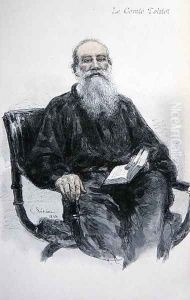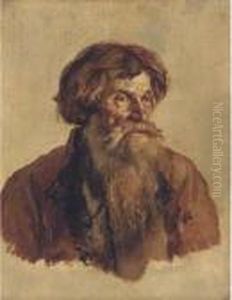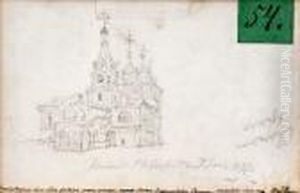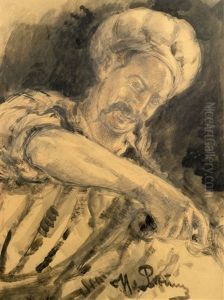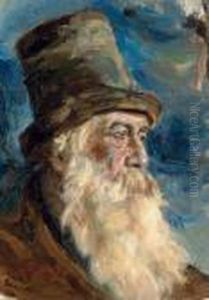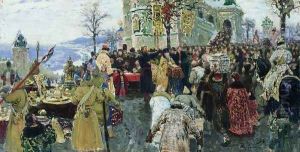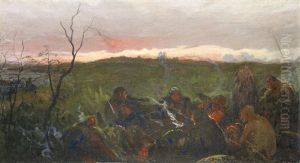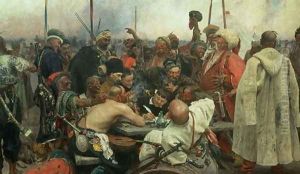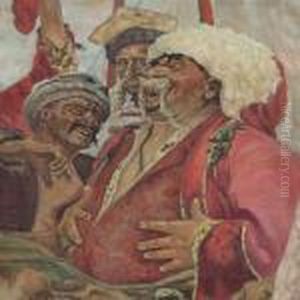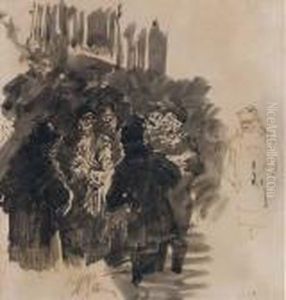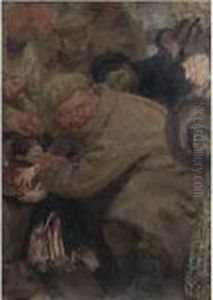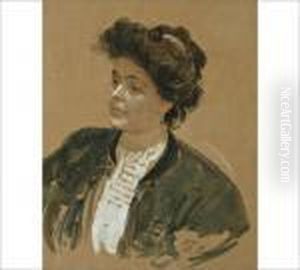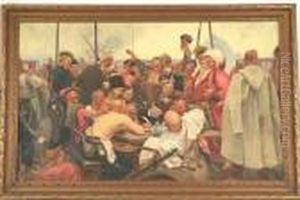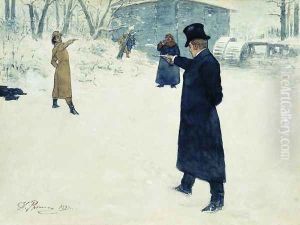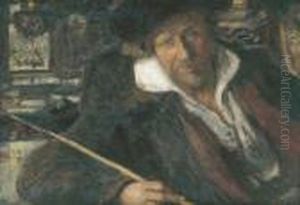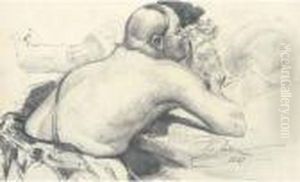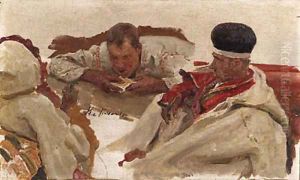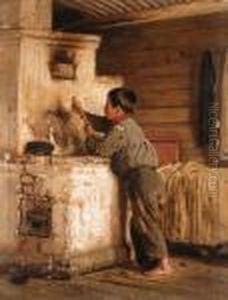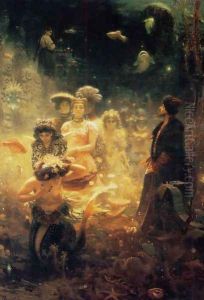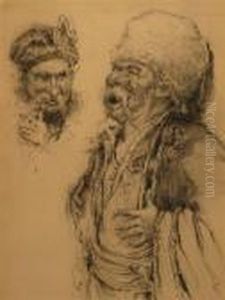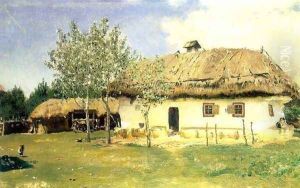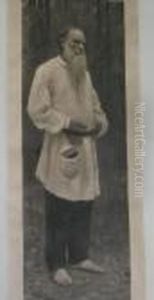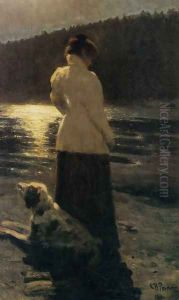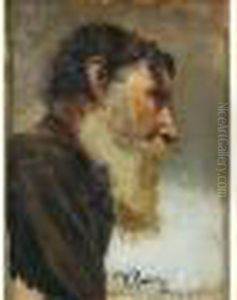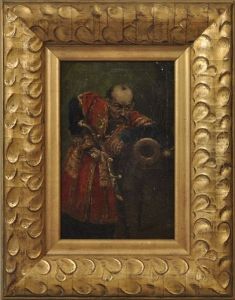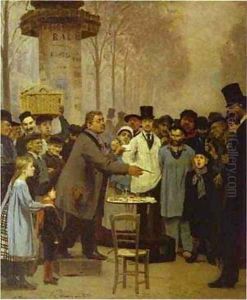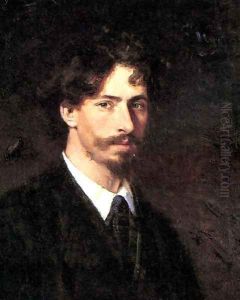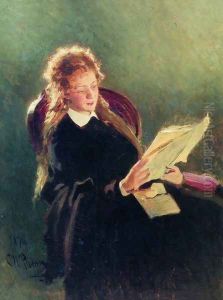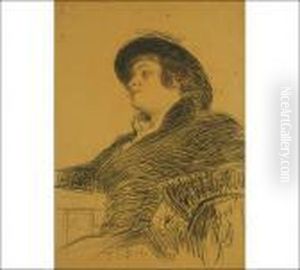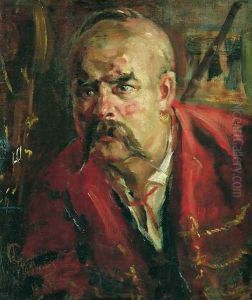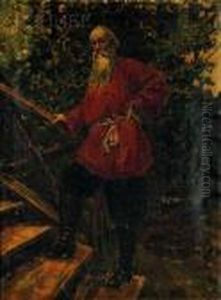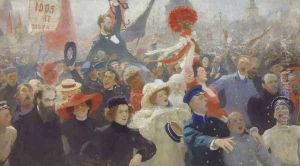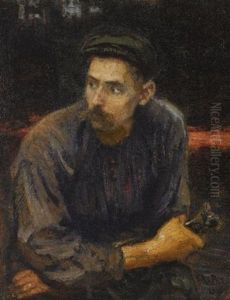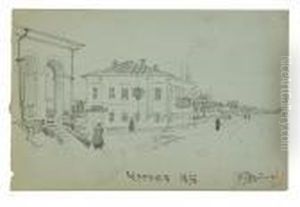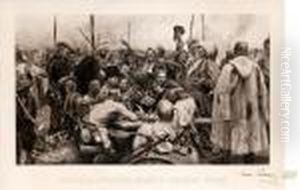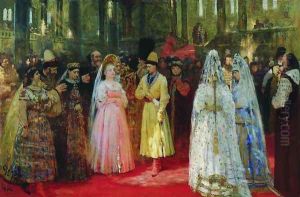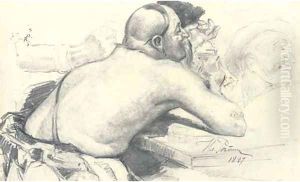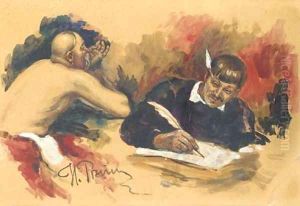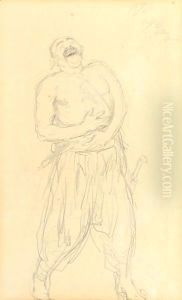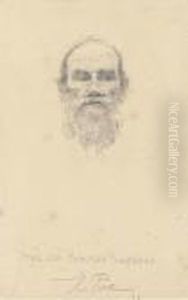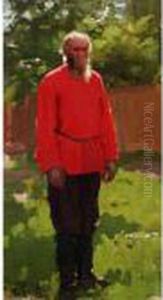Repin Iliya Paintings
Ilya Yefimovich Repin was a prominent Russian painter and one of the most renowned artists of the Russian Realist movement in the 19th century. Born on August 5, 1844, in the town of Chuguyev, in the Kharkov Governorate of the Russian Empire (present-day Ukraine), Repin was raised in a military family. His early exposure to the world of art came through icon painting, which was a traditional craft in his family. Recognizing his talent, local patrons helped Repin to attend the Imperial Academy of Arts in St. Petersburg.
Repin's artistic career flourished at the Academy, where he was influenced by the works of Western European painters and the emerging Realist ethos that emphasized the truthful and critical depiction of contemporary life. His paintings often reflected social issues, the lives of common people, as well as historical and cultural narratives. One of his most famous works, 'Barge Haulers on the Volga' (1870–1873), exemplifies this, as it portrays the grueling labor of barge haulers and highlights the social injustices of the time.
Repin was also a member of the Peredvizhniki (Wanderers or Itinerants), a group of Russian artists who protested against academic restrictions and aspired to bring art to the people. Repin's works with the Wanderers continued to gain attention, and he was praised for his ability to capture the character and spirit of his subjects. His other significant works include 'Ivan the Terrible and His Son Ivan on November 16, 1581' (1885), 'Unexpected Return' (1884), and numerous portraits of prominent figures of his time, which are celebrated for their psychological depth and insight.
Not limited to painting, Repin was also involved in teaching and writing. He taught at the Higher Art School attached to the Academy of Arts and wrote essays and letters articulating his thoughts on art and culture. His later years were marked by a continued engagement with art and intellectual circles.
Repin lived through momentous times in Russian history, witnessing the fall of the Romanov Dynasty and the rise of the Soviet Union. His longevity allowed him to bridge different epochs in Russian art, and his work influenced generations of Russian artists. He died on September 29, 1930, in Kuokkala, Finland (now Repino, Russia). His legacy is preserved in Russian art history as a master storyteller who captured the essence of Russian society and its people through his powerful and evocative paintings.
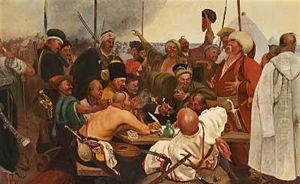
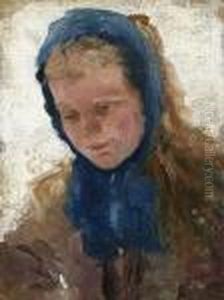
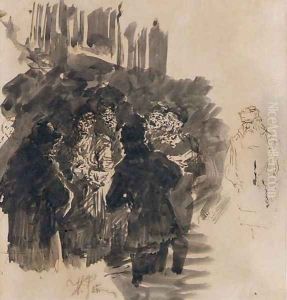
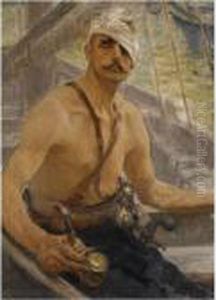
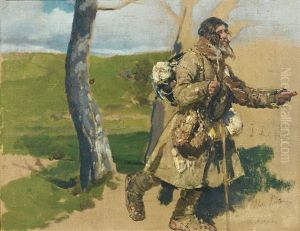
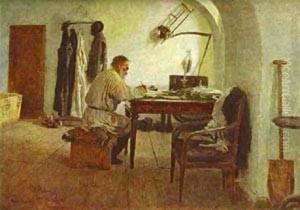
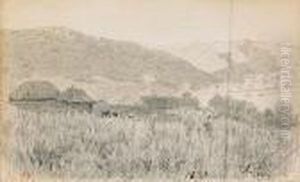
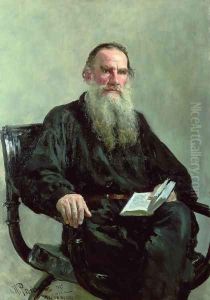
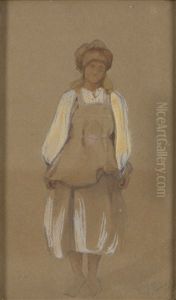
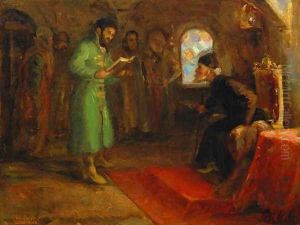
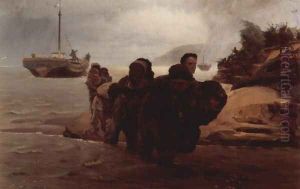
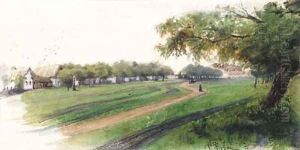
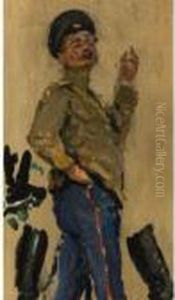
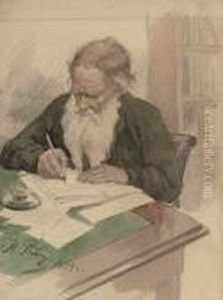
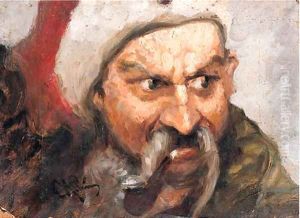
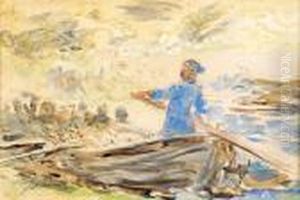
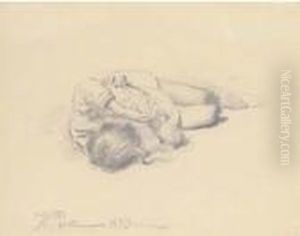
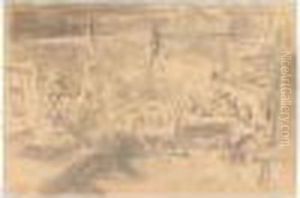
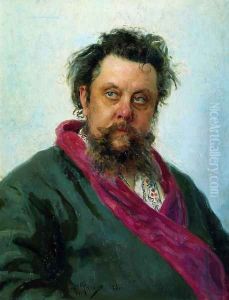
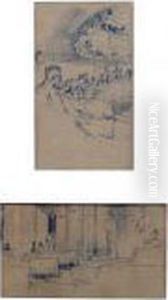
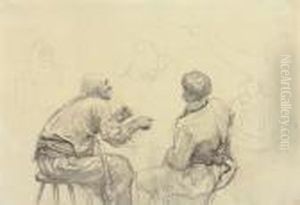
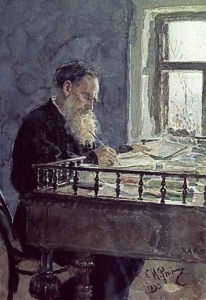
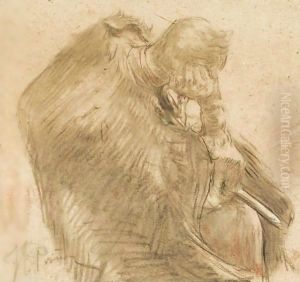
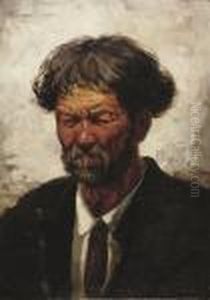
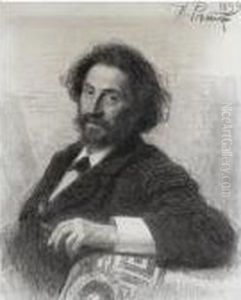
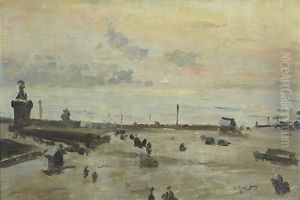
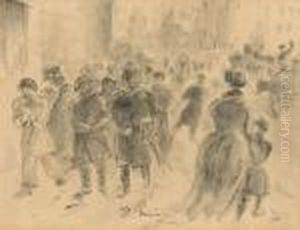
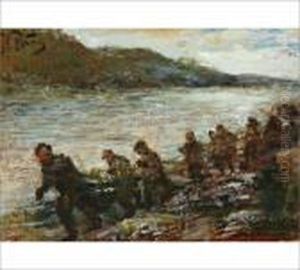
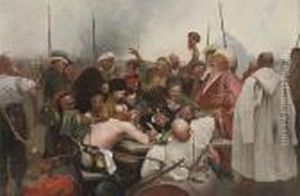
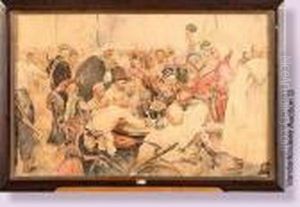
![Ivan the Terrible and His Son Ivan on November 16, 1581 [detail]](https://www.niceartgallery.com/imgs/257497/s/repin-iliya-ivan-the-terrible-and-his-son-ivan-on-november-16-1581-detail-3f33344b.jpg)
